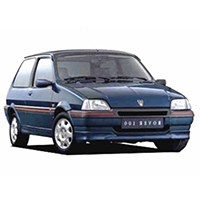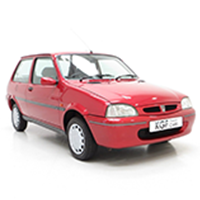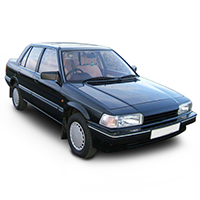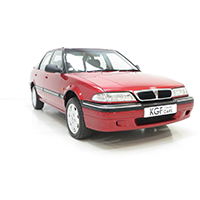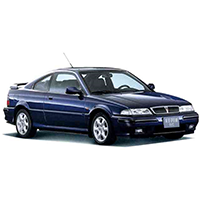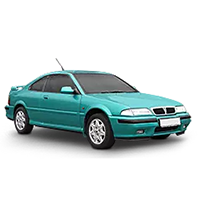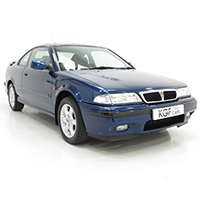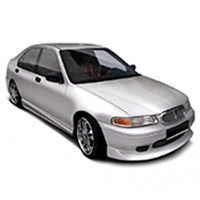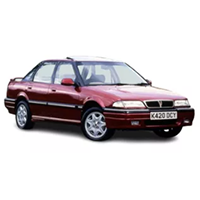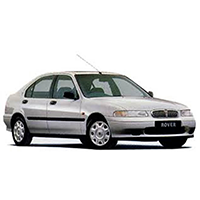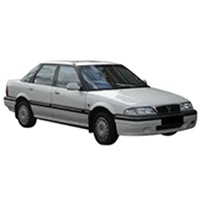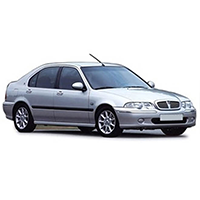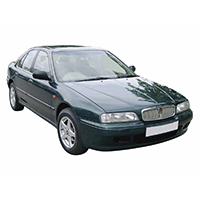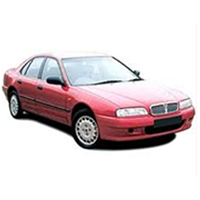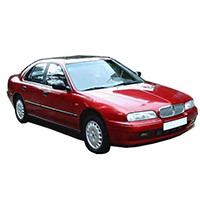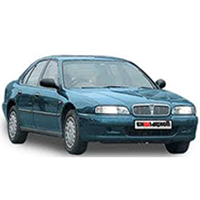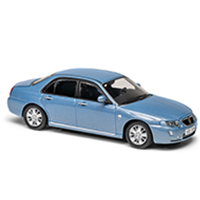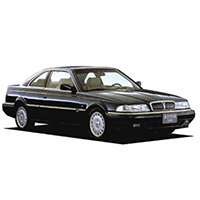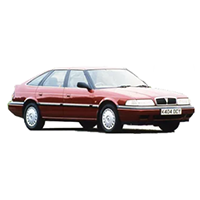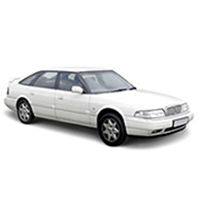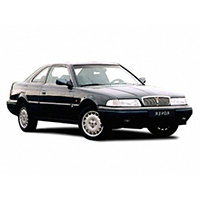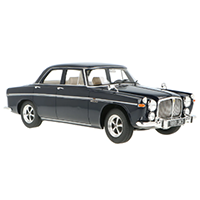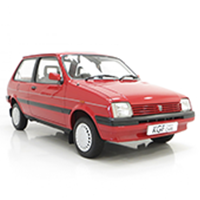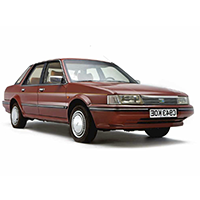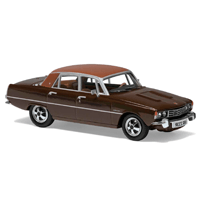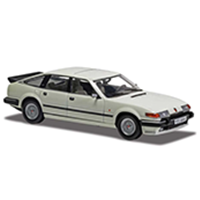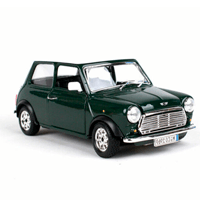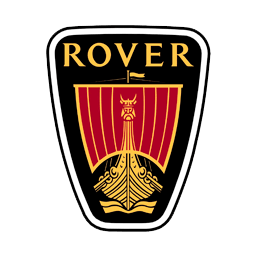
Catalog / Rover
Rover: British Automotive Legacy and Price Analysis
Rover, a name synonymous with British automotive heritage, has left an indelible mark on the history of car manufacturing. Founded in 1878 as a bicycle manufacturer, Rover transitioned to automobile production in 1904, beginning a journey that would span over a century of innovation and design excellence.
The company's early years were marked by a commitment to quality and reliability. In 1948, Rover unveiled the Land Rover, a rugged off-road vehicle that would become an icon in its own right and eventually spawn a separate brand. This move showcased Rover's ability to adapt to post-war demands and set the stage for its future success.
Throughout the 1950s and 1960s, Rover gained a reputation for producing luxurious yet understated cars, often referred to as 'middle-class aspiration' vehicles. The Rover P5, introduced in 1958, became a favorite among British prime ministers and royalty, cementing the brand's prestigious image.
One of Rover's most significant innovations came in 1963 with the introduction of the Rover 2000 (P6). This car featured groundbreaking safety designs and was named European Car of the Year in 1964, demonstrating Rover's commitment to pushing automotive boundaries.
The 1970s saw Rover become part of British Leyland, a move that would have long-lasting implications for the brand. Despite financial struggles, Rover continued to innovate, launching the SD1 in 1976, a car that won the European Car of the Year award in 1977 for its bold, futuristic design.
In the 1980s and 1990s, Rover experienced a series of ownership changes, including a period under British Aerospace and later BMW. During this time, the company produced popular models like the Rover 200, 400, and 800 series, blending traditional British styling with modern engineering.
The turn of the millennium brought challenges for Rover. Despite introducing well-received models like the Rover 75, financial difficulties led to the company's sale to the Phoenix Consortium in 2000. Unfortunately, this was not enough to save the brand, and Rover ceased operations in 2005, marking the end of a storied chapter in British automotive history.
Throughout its existence, Rover was known for its innovative spirit, having pioneered technologies such as gas turbine engines and contributed significantly to the development of jet engines during World War II. The brand's legacy lives on in the continued production of Land Rover vehicles and in the memories of automotive enthusiasts worldwide.

